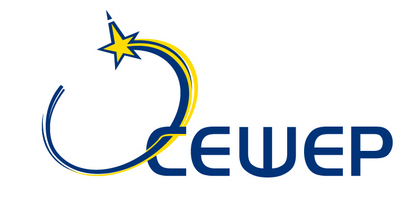In this light the announcement to restrict exports of waste that have harmful environmental and health impacts in third countries is particularly appreciated. “We believe that we should deal with our waste challenges here in Europe”, CEWEP’s managing director Ella Stengler states.
CEWEP also welcomes a number of elements of the Commission’s Communication that will allow the European Waste-to-Energy Sector to make important contributions to circularity. In particular, CEWEP supports the Strategy for a Sustainable Built Environment, including recycled content requirements and Green Public Procurement. As a result, CEWEP believes that its members will be able to recover increasing quantities of bottom ash, the left over from the incineration process, and provide it for construction purposes, taking into account safety and quality criteria of the material. This comes in addition to the recycling of metals from bottom ash that already saves considerable amounts of greenhouse gases1
CEWEP is also looking forward to contributing to the forthcoming European Strategy on Sustainable and Smart Mobility that is announced in the Commission’s Communication. Energy from Waste-to-Energy plants can be used to produce hydrogen which fuels buses and waste trucks, thus contributing to low carbon transport.
On the waste side, CEWEP supports the creation of a well-functioning market for secondary raw materials and welcomes the harmonisation of national end-of-waste and by-product criteria in order to create a level playing field. However, CEWEP regrets that the Communication does not suggest binding measures to further reduce the huge amounts of waste (incl. industrial and commercial waste) going to landfills and shift them higher up the Waste Hierarchy to recycling and recovery. Diverting waste from landfills does not only bring multiple environmental benefits, including soil and water protection, but is also the low-hanging fruit for greenhouse gas mitigation in the waste sector.
Waste-to-Energy helps the EU to become less dependent on large scale landfills and fossil fuel imports for energy purposes, while dealing with substances of concern and other waste streams that cannot be recycled, for instance for hygienic reasons, CEWEP concludes.






